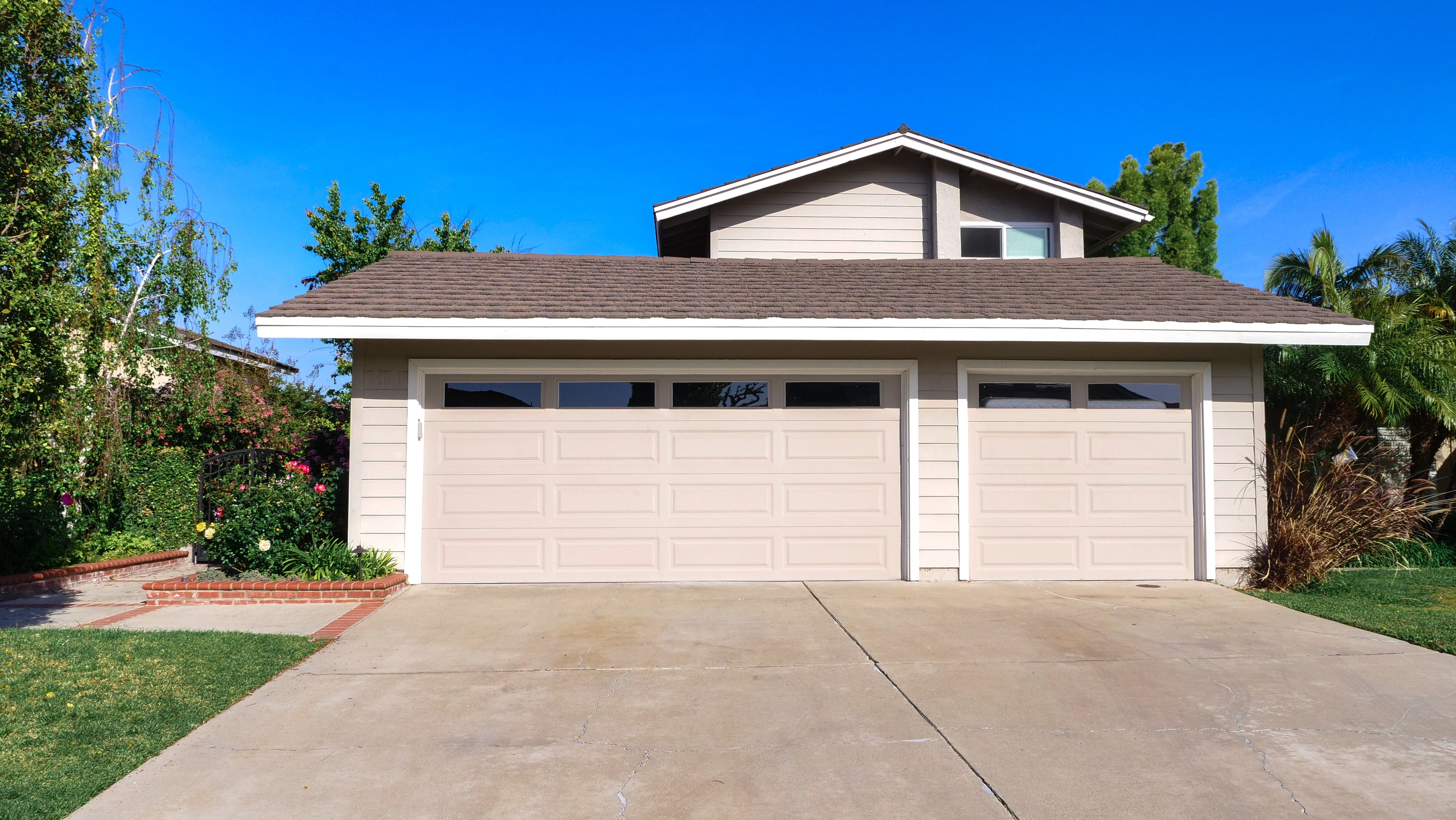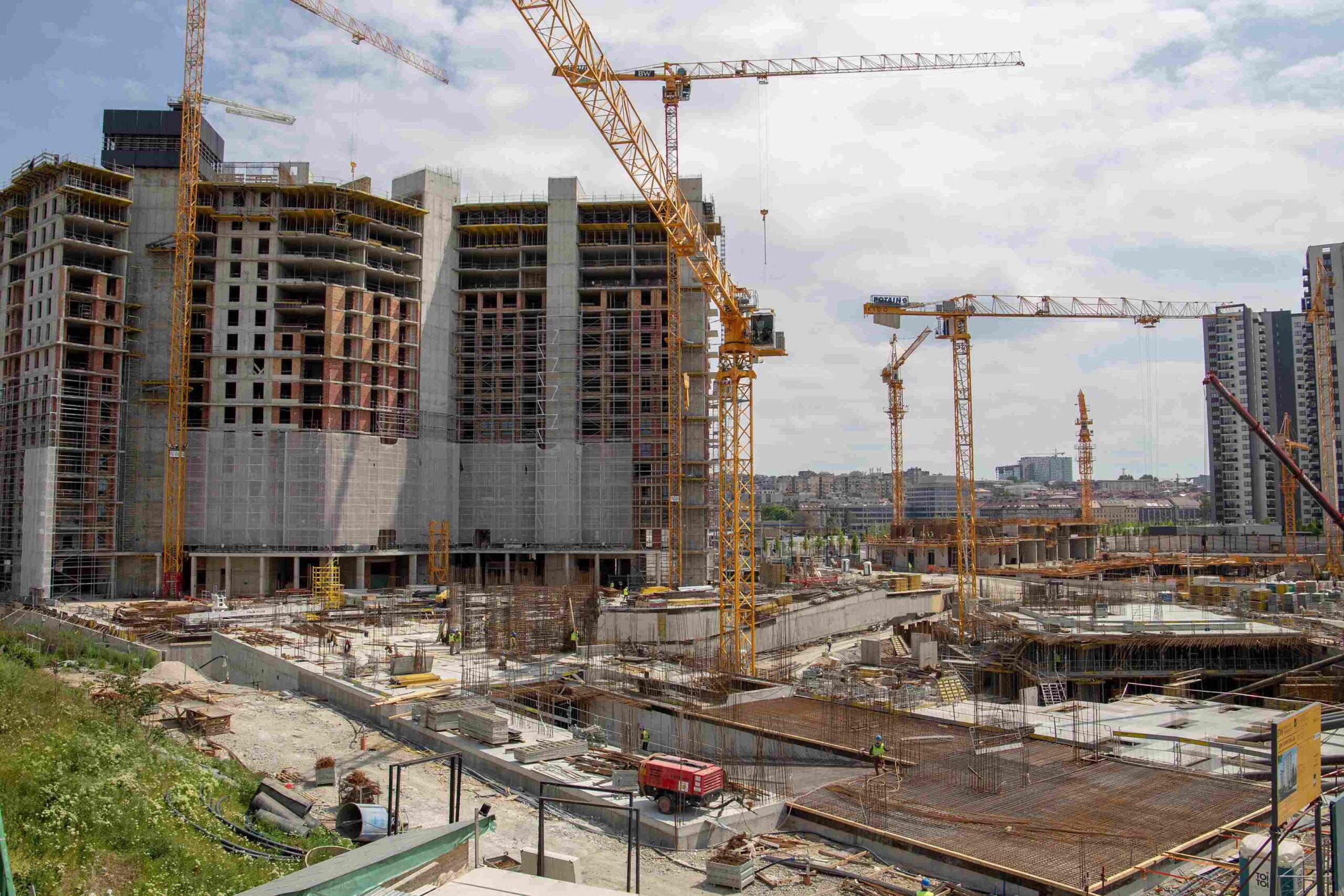Introduction of Board and Batten
Board and batten wall is a form of interior or exterior paneling with alternating boards and narrow wooden strips known as “battens.” It is used to create a geometric, patterned, or layered look across vast boards. They are mostly used as wall décor and may be arranged in a variety of ways. Battens are typically 2/3 inches wide and 0.5/1 inch thick (but can vary, depending on the type of work). A wooden batten was traditionally placed across a seam between the wide boards to produce stronger and more energy-efficient siding.
Installation process of Board and Batten
- Make a Plan (label all the required dimensions)
- Collect all the materials (Levelling aid, Caulk, Pain brush, Industrial glue, Tape, nails, round saw, etc.)
- Measure and Cut the Boards (Careful with the measurements)
- Glue the boards (Cover all the strip with the glue)
- Attach all Boards to the Wall (Place a nail after every 10 inches on the top and the bottom of the board so that it can be fixed properly with the wall)
- Caulk the boards (All the nap holes should be filled)
- Paint the Accent Wall (for better finish you should go with 2 coats of paint)
- Enjoy your new wall Decor (Clean the wall properly and remove all the tapes)
Features of Board and Batten
- Ideal for accent or whole-house applications,
- A straight, level surface is produced by the flat face board design.
- True Texture’s rough cedar finish is molded from actual cedar boards.
- Available in 1/2″ thick and 2/3″ wide sizes
- Fires classified as Class 1 (A)
- Simple to assemble.
- Various materials, including wood, composite, aluminium, vinyl, and insulated or uninsulated.
Advantages of Board and Batten
- After installation, it seems to be visually pleasing.
- It may be put in any kind of residence, including bungalows, mansions, and beach homes.
- It functions as an insulating barrier, preventing severe temperatures from entering our home.
- It has a lengthy lifespan.
- The battens can be fitted between the boards vertically, horizontally, or both ways.
- It is suitable for use on ceilings, wainscoting, accent walls, and exterior walls.
- It is appropriate for structures such as barns and garden shelters.
Disadvantages of Board and Batten
- It is not weather resistant and gets damaged by water, snow, and other elements.
- It takes a long time to install.
- Because of its popularity and demand, it is much more expensive and requires skilled labor.
- If it gets damaged, it is not easy to repair.
- Requires only a flat surface for the installation.
- Board and Batten Wall finish can be distorted with time.











